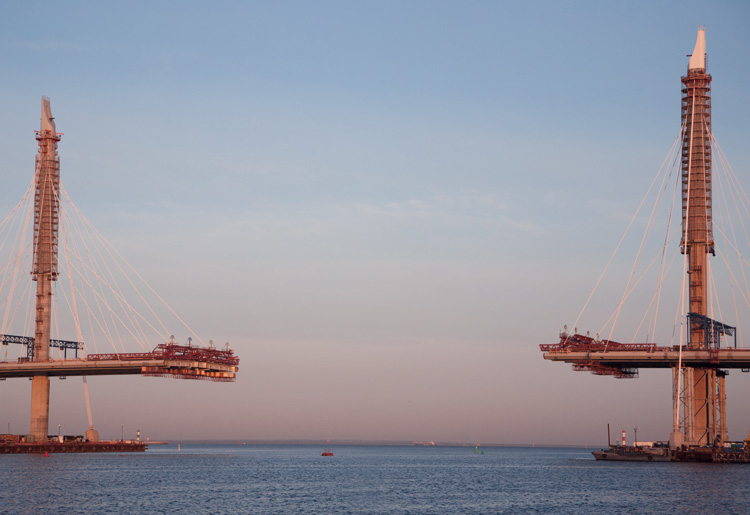There are alternative ways to gain exposure to this market than buying equity in private assets. Institutions could issue debt to developers, which could generate a 4% return. There is another option. Haynes says that the supply-demand imbalance outstripping supply is pushing more investors to access infrastructure through the public markets. Here, he adds, the diversity of opportunities goes beyond simply “we are building a toll road”.
Here investors could buy public utilities, which could be an investment in infrastructure. “The wrapper doesn’t matter,” Haynes says. “It doesn’t make a fundamental difference to the underlying cash-flows of the business.”
One fund that was established to target public companies is KBI Global Investors’ new Global Sustainable Infrastructure Strategy. The fund’s lead manager, Colm O’Connor, explained that the private market is dominated by large funds, so gaining access to private infrastructure can be difficult. “Scarcity of assets is also a problem,” he says.
O’Connor adds that in the publically-listed space there are plenty of opportunities. He and his colleagues have spotted 170 stocks in this universe to examine.
One of the drawbacks of investing in listed infrastructure is that the income might not be as superior as in the private market, but it has daily liquidity.
TREAD CAREFULLY
A lack of liquidity faces those taking a direct route into infrastructure. This, Mellor believes, is not a problem. Pension funds want to meet their long-term liabilities and are not looking to trade in and out of assets if the dividends are paid as expected. “As long as the asset is throwing off cash, I don’t think pension plans are too concerned about illiquidity,” he adds.
Other issues are more of a concern. Despite the protection that these assets provide compared to the risks taken when buying equities, investors should not fall into the trap of believing that this is a risk-free investment.
The first concern is credit risk. This can be reduced, however, if the project’s counterparty is the government or an investment grade company. Another issue to consider is the need for diversity. Having several projects in an infrastructure portfolio will add diversity to mitigate concentration risk. So for a balanced risk-return profile investors should invest in a range of assets.
The risk profile of a project perceived to be lower risk rises if it is highly leveraged. This could be an issue if there is a rapid rise in interest rates, which could cause a spike in government bond yields. However, O’Connor says November’s base rate increase is nothing to worry about. “On the interest rate side, we are comfortable with a slow and gradual increase,” he adds.
The stage at which an investor gains exposure to a project is also an important risk factor. Investing in projects that are up and running rather than getting in at the development phase is attractive because of the chances of them immediately yielding. There are higher yielding, but higher risk, options. “We see certain pension funds which have that exposure already asking to take more risk for a higher return by looking at construction,” says Martin Lennon, head of M&G Investment’s Infracapital.
One example of this is LPP. It has a track record of investing in assets at various stages of their lives, including taking construction risk and buying operational assets. Its portfolio is structured to hold a mix of operational assets, which are yielding, and some greenfield assets that are yet to come online. “So with that diversification we are able to take on those assets in various stages in their lifecycle,” Ord says.
The hunt for yield turned investors towards infrastructure, but even if gilts significantly improve some do not expect this market to crash.
“It might reduce somewhat, but I don’t think we will see investors dump it,” Haynes says. “A lot of people have bought these assets for the long-term.”
It’s not just a question of income. Infrastructure is a hard asset that ticks the diversification and defensive boxes. “Institutions value that,” Lennon says. “They like lower risk sectors. There is no sense in saying that the sector only works at a certain price,” he adds. “It works because of a whole host of attractive characteristics and price is just one of them.”




